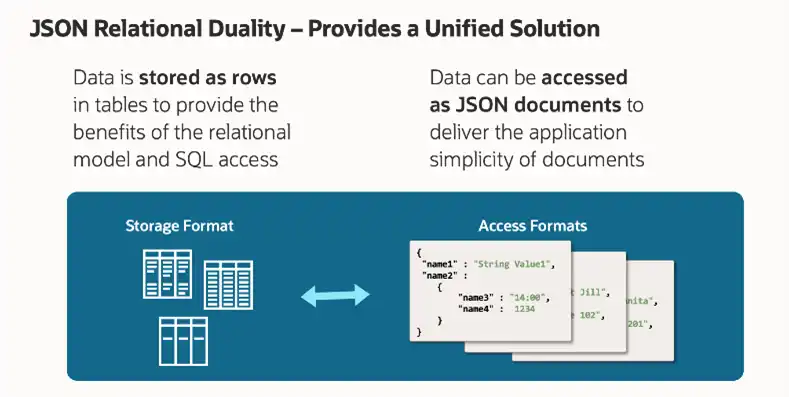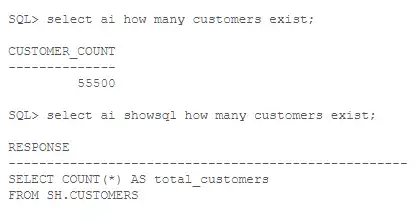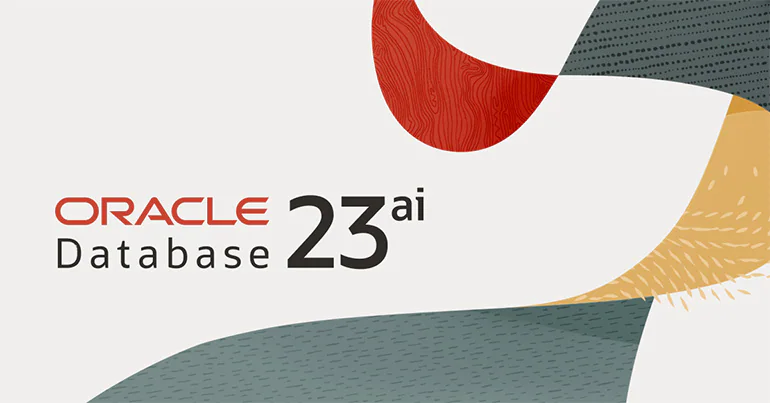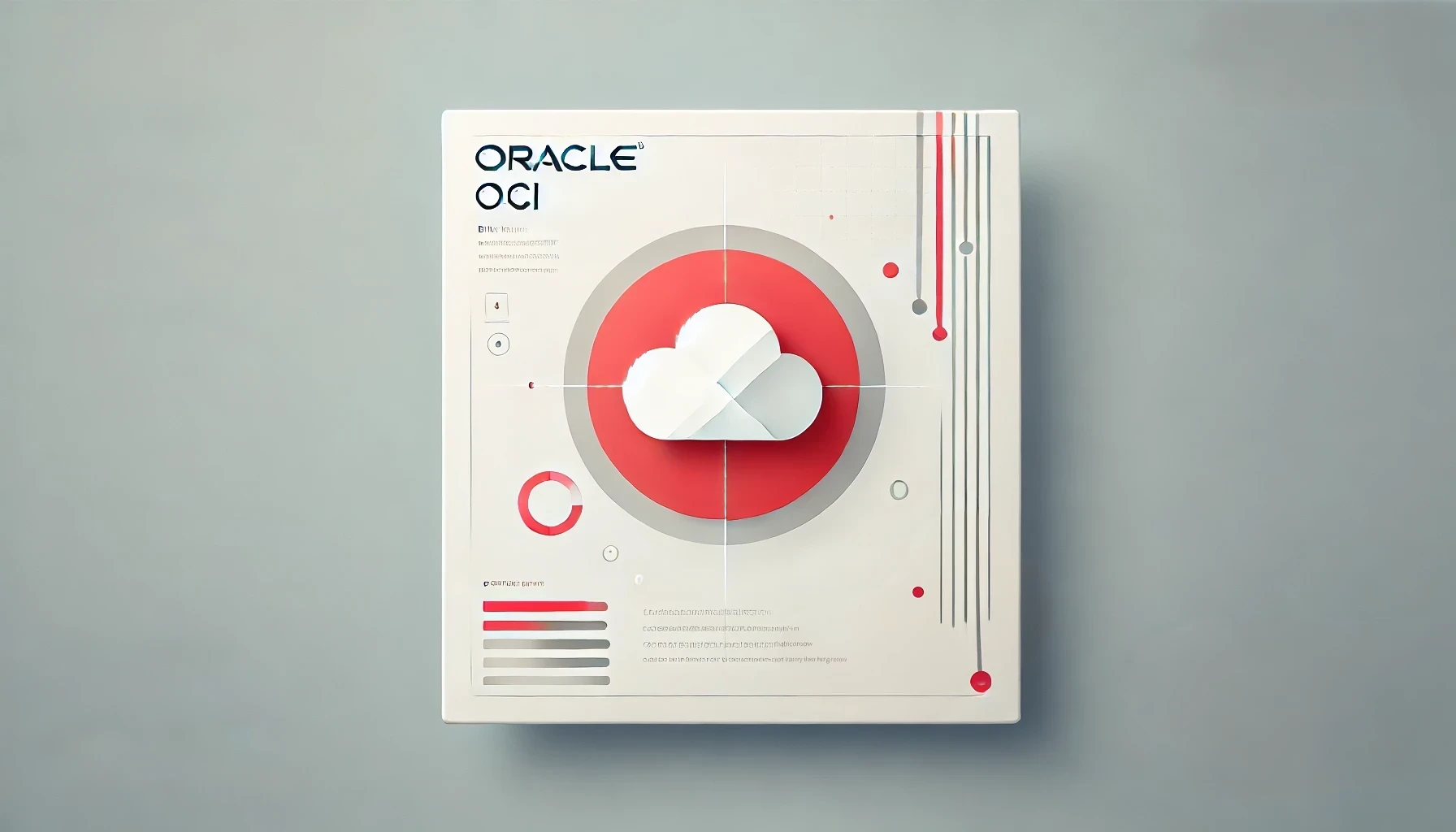Author: Philip Godfrey
What is Oracle Database 23ai?
Oracle Database 23ai is the next generation of database, and brand-new release from Oracle.
Originally planned as 23c, the notable amendment in the naming (23ai) is a nod to its Artificial Intelligence (AI) capabilities.
This blog aims to highlight just some of the 300+ features that will be available, to help not only database administrators with functional tasks, but as an enabler of AI within Development Teams and users of the database.
What's New?
Oracle have just announced the deployment of OpenAI GPT-5 across the database portfolio, as well as its suite of SaaS applications such as Oracle Fusion Cloud Applications, Net Suite and many more.
Bringing AI to the heart of the database and other applications enables all types of users that can utilize this latest technology.
The combination of industry-leading AI for data capabilities of Oracle Database 23ai and GPT-5 will help enterprises achieve breakthrough insights, innovations, and productivity.¹
Kris Rice (Oracle) - Senior Vice President, Database Software Development
Whether you’re a developer, business analyst, data scientist or management executive, this integration will ensure Oracle customers can leverage highly-performant, cost effective AI capabilities, which will excel at code generation, editing, and debugging.
What are some other key features² of AI within Oracle Database 23ai?
Natural
Language
Integration with LLMs such as Cohere and Llama allow you to ask questions of the database using natural language.
AI Vector Search
Creating Generative AI pipelines directly within the database, using your business data.
JSON Relational Duality
View
Unifying the benefits of relational and document data models within a single database.

Natural Language
To enhance user accessibility, Oracle 23ai utilizes LLMs such as Cohere and Llama to provide functionality to ask complex questions in natural language to the Oracle Database.⁴
This integration allows users to simply ask questions in a conversational manner, currently utilized in Oracle Analytics Cloud, such as:
- “Show me the last 4 quarters’ sales of products that are popular with the younger generation.”
The LLM will then interpret the question, and provide relevant data through SQL queries, ensuring seamless communication and understanding between the user and the database.
Utilizing Select AI⁵ to generate SQL queries directly from natural language:

AI Vector Search
AI Vector Search enables unstructured data (such as documents, videos, and images) to be quickly searched, using a new data representation called vectors.
Users can now combine business data and vectors to answer user queries without moving or synchronizing data or managing multiple products.
The key advantage of having AI Vector Search built into the Oracle Database is that every mission-critical feature of Oracle Database works transparently with AI vectors.
You automatically get all the industrial-strength scalability, consistency, availability, security, and performance you have come to rely on with Oracle Database. Because of this, you can safely use AI Vector Search in the same customer-facing applications that you use Oracle Database for today.⁶
JSON Relational Duality View
JSON Relational Duality View will simplify application development, as developers now have the flexibility of models. The two models, now combined as a View are:
- Relational model -> data stored as rows, providing data consistency & storage efficiency.
- JSON document model -> hierarchical data format, accessed as JSON documents.
This view makes application development easier and can be applied to multiple use-cases from a single database.
The integration of GPT-5 across the database will enable users to search across all their data, run secure AI-powered operations, and use generative AI directly from SQL.
Interested to know more?
We’d be more than happy to discuss your requirements or questions, please get in touch here.
[1] https://www.oracle.com/news/announcement/oracle-deploys-openai-gpt5-across-oracle-database-and-cloud-applications-portfolio-2025-08-18/?source=:ex:pw:::::Clay_social_8_18&SC=:ex:pw:::::Clay_social_8_18&pcode=
[2] https://blogs.oracle.com/database/post/key-benefits-of-json-relational-duality-experience-it-today-using-oracle-database-23c-free-developer-release
[3] https://docs.oracle.com/en/database/oracle/oracle-database/23/nfcoa/introduction.html#GUID-about141
[4] https://blogs.oracle.com/database/post/oracle-23ai-now-generally-available
[5] https://docs.oracle.com/en/cloud/paas/autonomous-database/serverless/adbsb/sql-generation-ai-autonomous.html#GUID-8BEF8CA8-D98D-41FB-A819-6C2F862099DC
[6] https://www.linkedin.com/pulse/oracle-database-23ai-brings-power-ai-business-data-juan-loaiza-zq5rc/?trackingId=Dwtg4Cm6SZCNFTNob2kHLw%3D%3D
Contact us today to arrange an assessment or email:

Philip Godfrey
Principal Data Analytics & AI Consultant at Vertice




